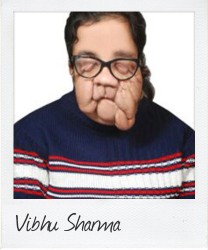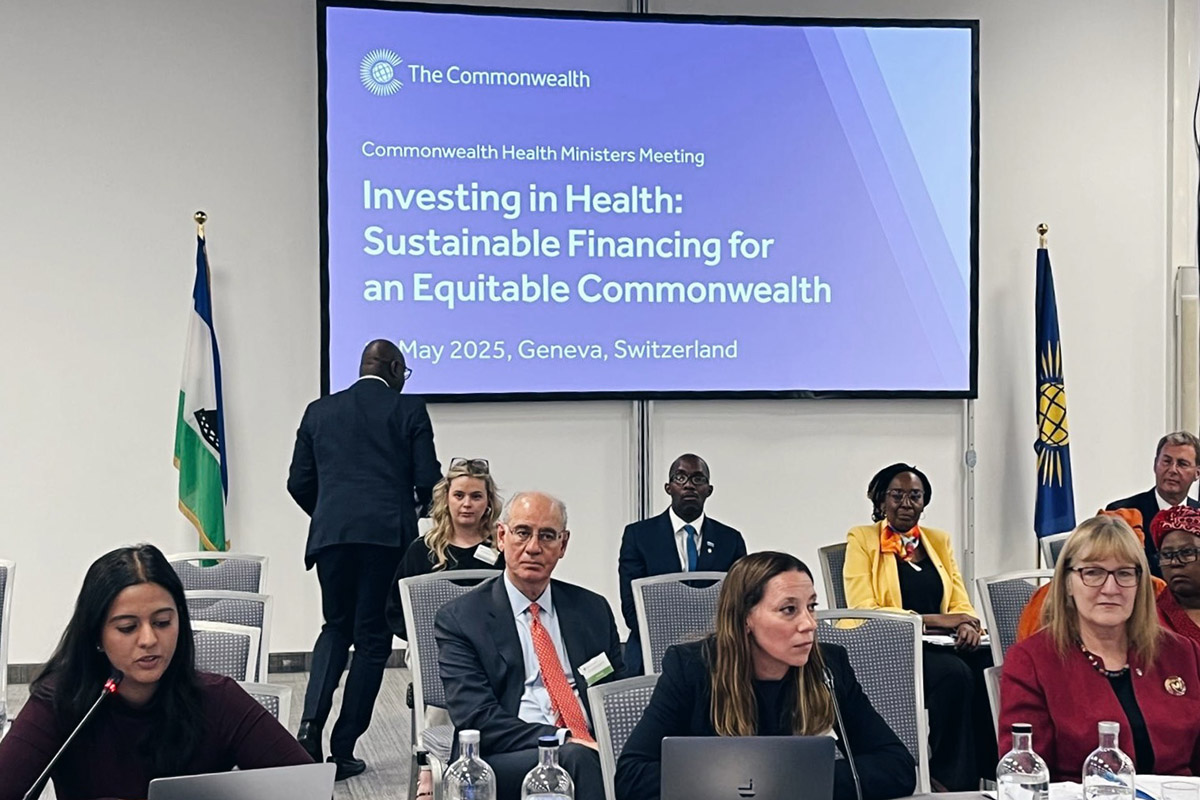“Educational inclusiveness for the disabled”
March 16 Young people with disabilities have numerous concerns, especially in the developing world, writes Vibhu Sharma, 24, a Correspondent from Delhi in India, who notes the problems created by discrimination and social exclusion.
Young people with disabilities have numerous concerns, especially in the developing world, writes Vibhu Sharma, 24, a Correspondent from Delhi in India, who notes the problems created by discrimination and social exclusion.
It is difficult for most students with visual impairment to seek admission in general schools. Lack of adequate school infrastructure, unawareness amongst teachers on accommodating a student with visual impairment in a general classroom, and a disabiity-unfriendly education system further adds to the problems.
In fact, it is common for schools to deny admission to students with visual impairment. According to a World Health Organization report on education, teachers often favour types of disabilities that are perceived to be easier to work with.
India’s 1995 Act – Persons with Disabilities, Protection of Rights and Full Participation – mandated a three per cent reservation for students with disabilities in all schools. However, a large number of children with visual impairment remained out of school, and often had to be segregated in special schools despite the law’s provision to accommodate them in general schools. This situation is an exact illustration of the report’s conjecture.
Children with visual impairment are denied admission based on difficulties in reading and writing, and in evaluating and marking class and home work and examinations. The available technology, like computers with screen-readers, gets ignored either because people are unaware, or don’t care to adapt to it.
In fact, the exclusion doesn’t end here. Those who secure admission suffer exclusion, too. It is manifested through inappropriate teaching practices, inaccessible reading and learning material, and inadequate infrastructure for curricular and co- curricular activities.
Visually challenged children admitted in general schools must request and explain their needs and, ultimately, fulfill them on their own. On the other hand are the children with disabilities perceived as easier to handle.
What makes these children with disabilities easier to handle? The answer, perhaps, is that a visually impaired requires accessible books. But a student who uses a wheelchair requires infrastructure accommodations, such as ground floor classrooms if there is no ramp or elevator in the school. The question is, are the teachers in most schools of the developing countries ready to make these accommodations? Has a school in the developing countries never denied admission to a student using a wheelchair, stating that they cannot afford to have all classes held on the ground floor? Is accommodating students with disabilities in a general school system actually as difficult as the non-disabled stakeholders have made it to be?
Visually-impaired students require only a handful of accommodations. If teachers adapt to accommodative teaching practices like reading aloud while writing on the board, enabling visually challenged students to type notes on the computer while their sighted peers write in notebooks, and accepting printout submissions as well as hand-written notes from students, half of the problems of the general schools in admitting and accommodating students with visual impairment will be resolved. The question, however, is how are the non-disabled people to gain this sensibility?
The answer is simple, and there is much evidence to support this proposition. The literati today are aware and sensitive towards social issues surrounding the general world. This is because these disciplines are a part of the general school-level social science curricula, which, however, excludes disabilities. If disability studies were made an integral part of the curricula, it would enable a greater understanding amongst the students and enhance the awareness of non-disabled about persons with disabilities.
In future, teachers should be required to complete at least one course on practicing inclusion and accommodating students with disabilities in general classrooms.
Disability affects everyone differently. Evidently then, the needs of different people with different disabilities are bound to be different. Schools should recognise these differences and enable students with disabilities accordingly.
Many activists working for and with persons with disabilities rejoice in the provisions of the Sustainable Development Goals – 2030, while the memory of the Millennium Development Goals 2015, and United Nation’s Convention on the Rights of Persons with Disabilities (UNCRPD) is still fresh. The bitter truth, however, is that no law, no policy, whether regional, national or international, can be fruitful and successful, unless it is followed and implemented.
To effectively enable youth with disabilities to become educated, independent citizens of the world, advocates for the rights of persons with disabilities must ensure their involvement in all decision-making relating to them, and ensure proper policy implementation.
Reach me on Twitter: vibhusharma_11
photo credit: Boobook48 Braille on external wall via photopin (license)
…………………………………………………………………………………………………………………
About me: I am passionate about working for and with people with disabilities, particularly visual impairment. I am proud that students with visual impairment benefit from my success convincing the Central Board of Secondary Education to conduct India’s high school exams for these students on computers with screen-readers.
I represent the status of persons with visual impairment at international and national conferences. I am Co-Chair of the Global Partnership of Education for Children with Disabilities UNICEF, having been a member since 2013.
…………………………………………………………………………………………………………………
Opinions expressed in this article are those of the author and do not necessarily represent the views of the Commonwealth Youth Programme. Articles are published in a spirit of dialogue, respect and understanding. If you disagree, why not submit a response?
To learn more about becoming a Commonwealth Correspondent please visit: http://www.yourcommonwealth.org/submit-articles/
…………………………………………………………………………………………………………………




